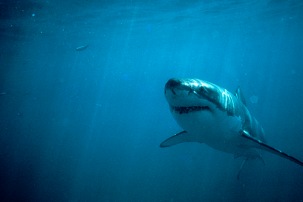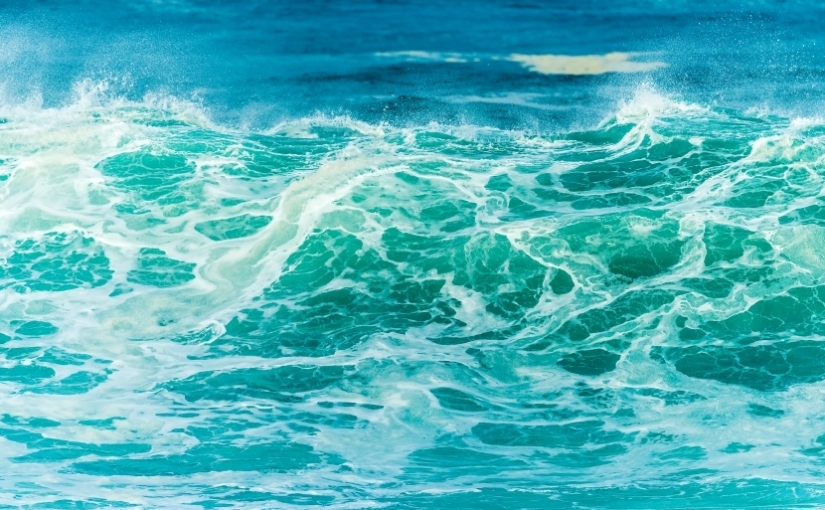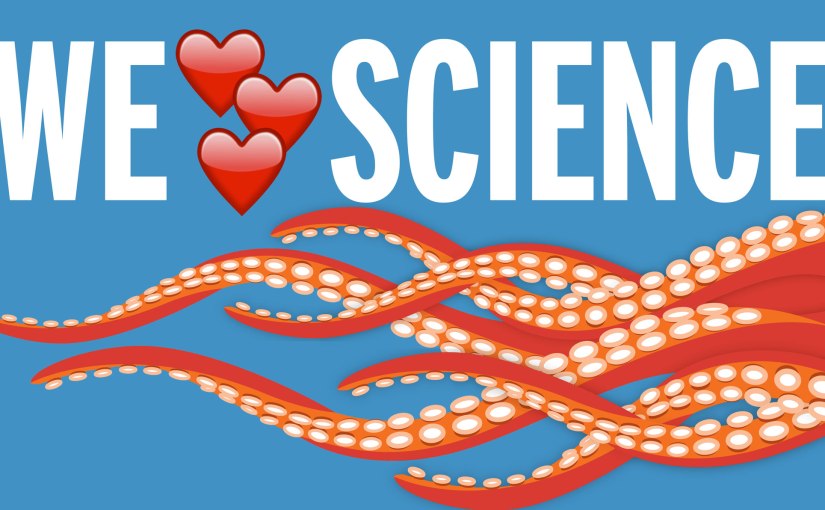The ocean headlines these past few months have been unsettling.
- “Feds declare emergency as gray whale deaths reach highest level in nearly 20 years” (May 31, Monterey County Herald)
- “There are so many great whites at Santa Cruz beaches, locals are calling it ‘shark park’” (July 17, SFGate)
- “‘Blob’ of warm Pacific water is back—could be trouble for marine life and weather” (Sept. 10, San Francisco Chronicle)

A just-released scientific report connects these and a host of other ocean changes with human activities that take place largely on land. The Intergovernmental Panel on Climate Change (IPCC) Special Report on the Ocean and Cryosphere in a Changing Climate marks the first time that the IPCC has written a stand-alone report on the marine realm. It presents a detailed account of the increasingly severe consequences of climate change for the ocean, its trillions of creatures and, ultimately, ourselves.
The report makes clear that to protect the ocean, we must first reduce our dependence on fossil fuels. But we must also reduce ocean stress, caused by overfishing and pollution, so the ocean is healthy enough to weather the changes already underway.
“The bottom line is that we need the ocean. And right now, the ocean needs us,” said Julie Packard, executive director of the Aquarium. “It’s not too late to take courageous climate action and safeguard the ocean from further damage.”
Continue reading Climate change: A triple threat for the ocean
























